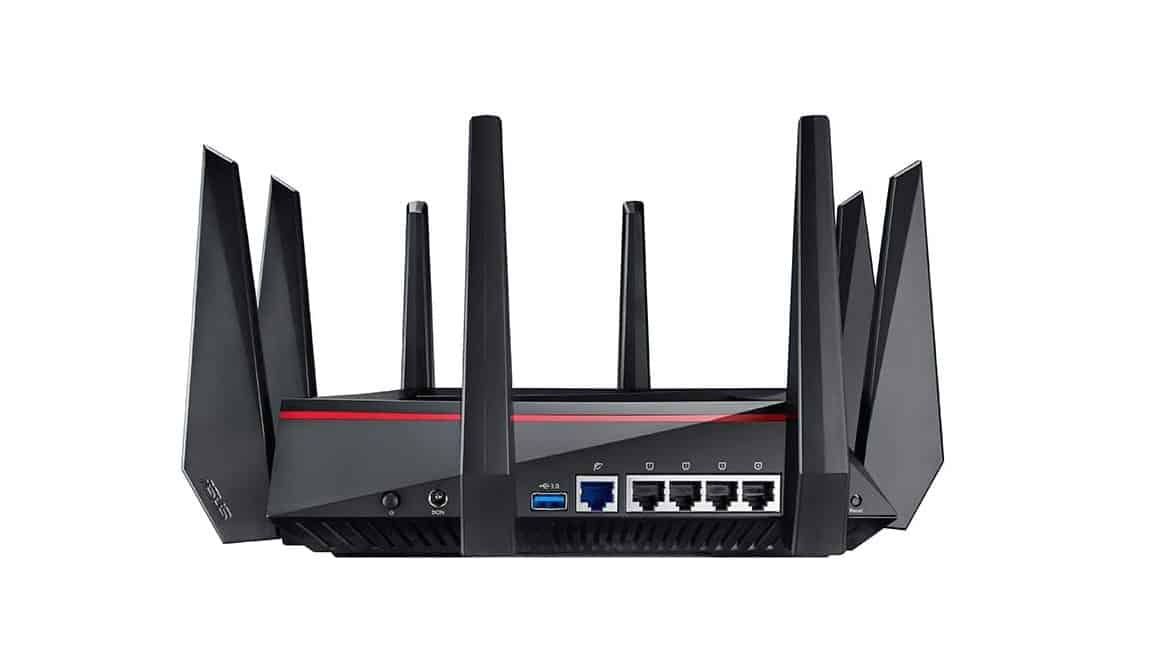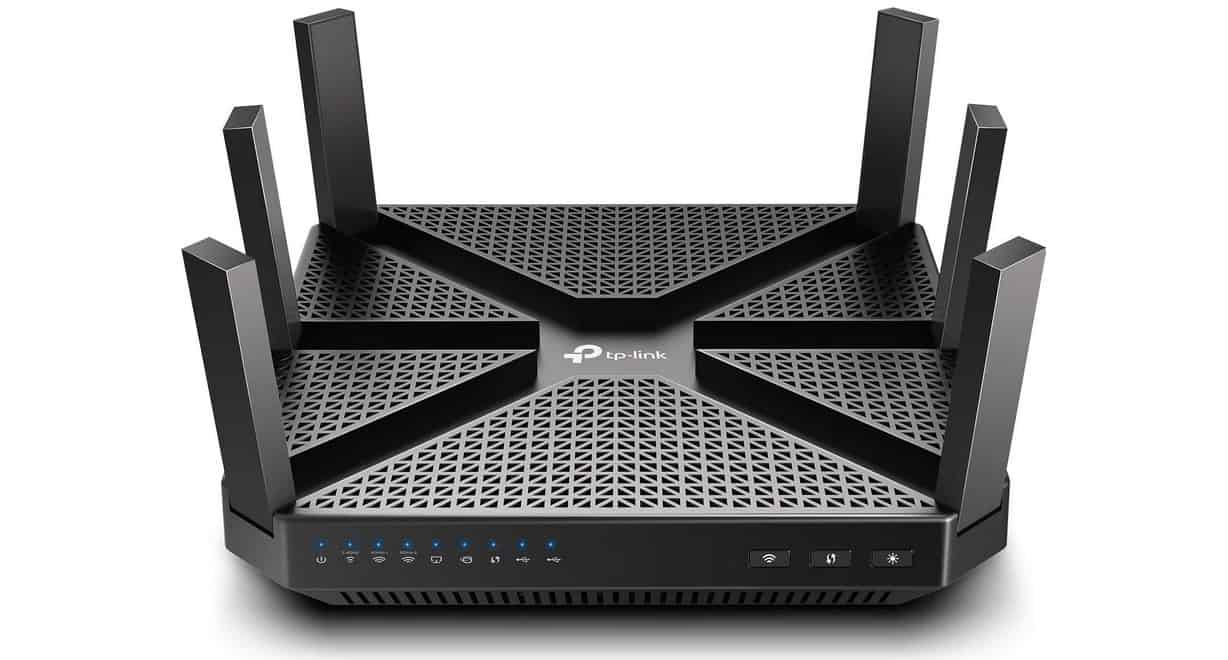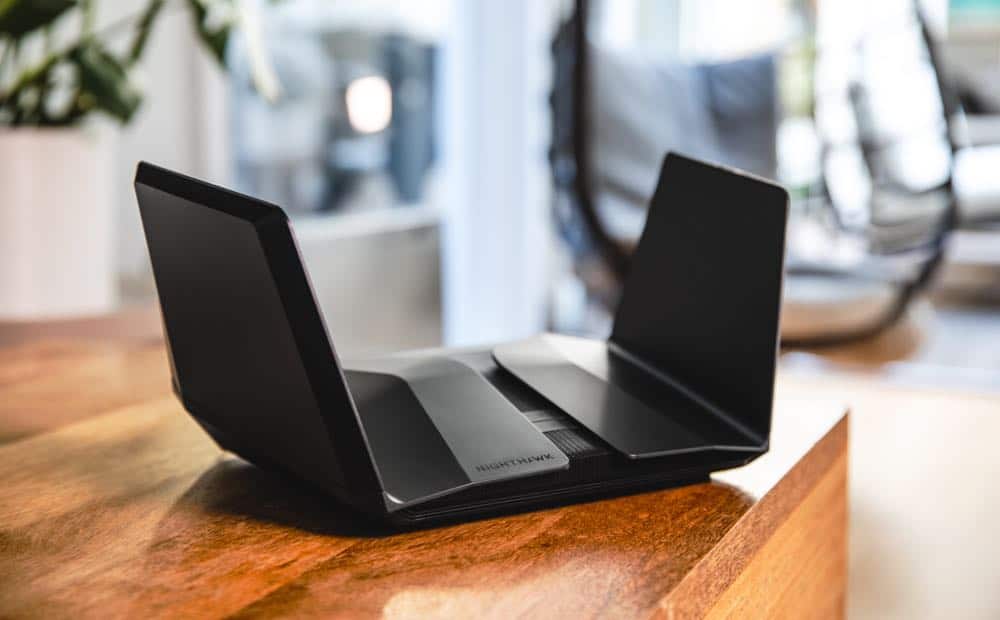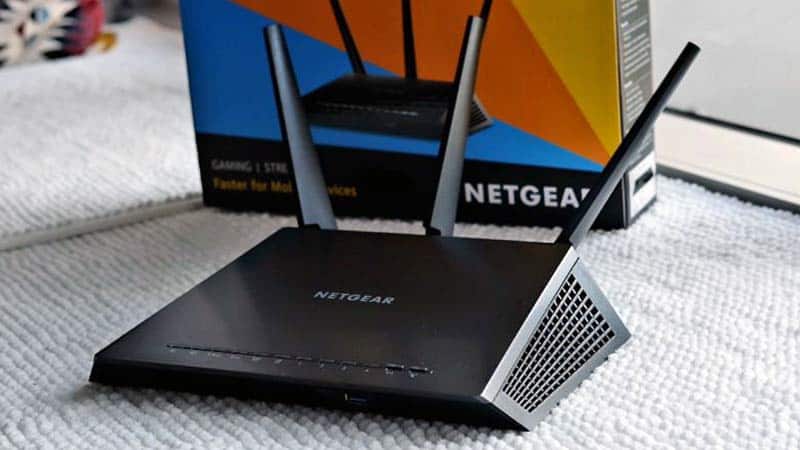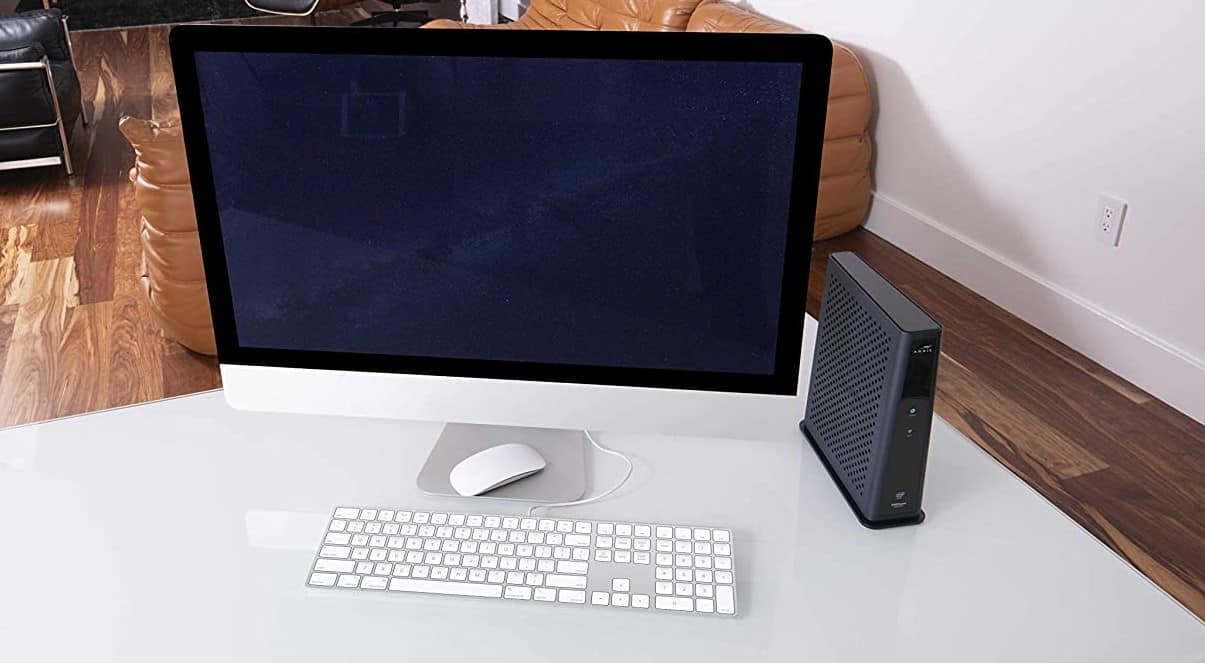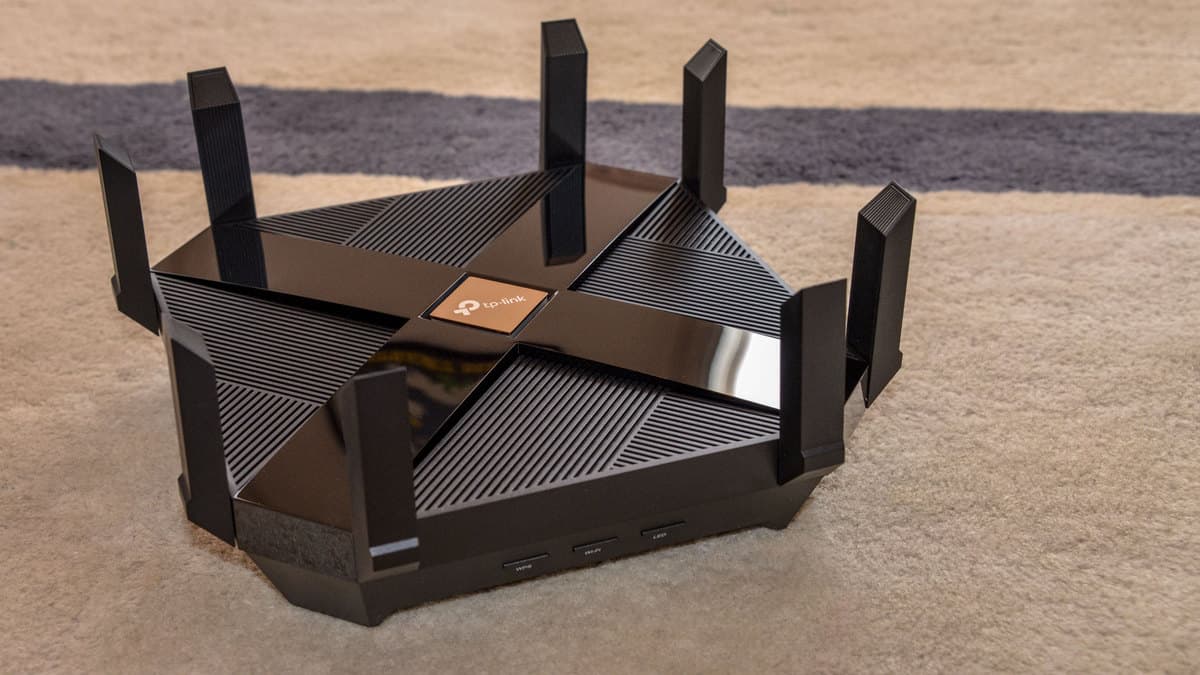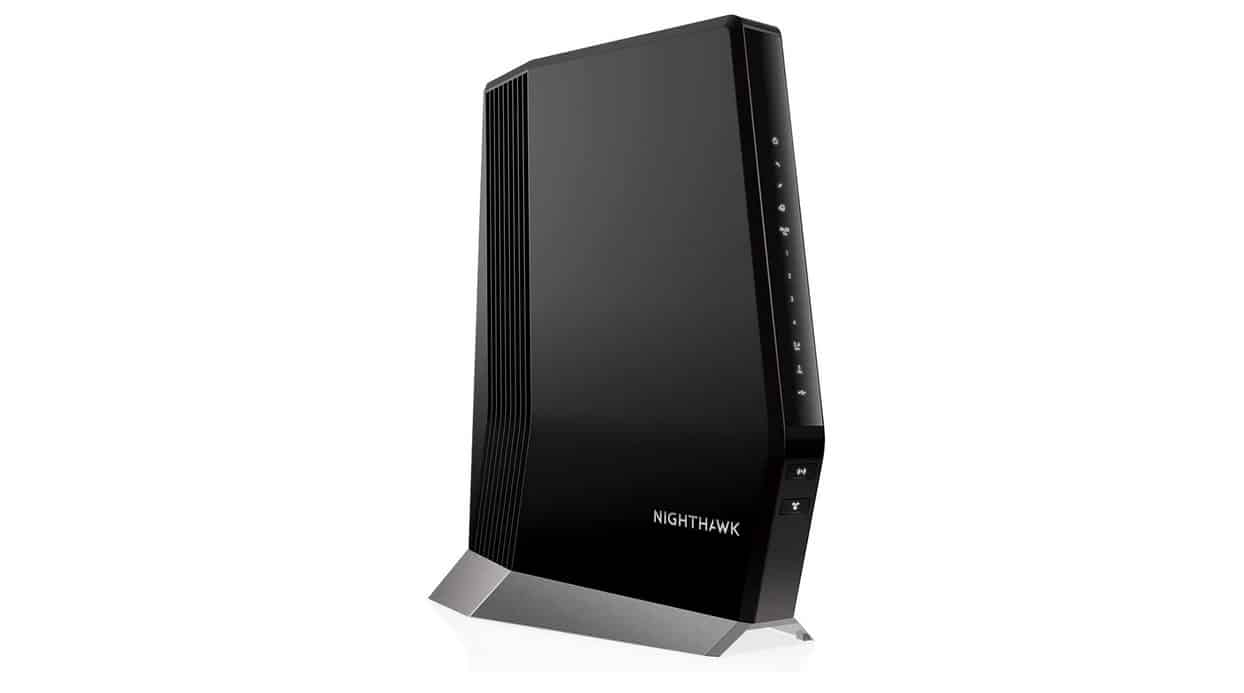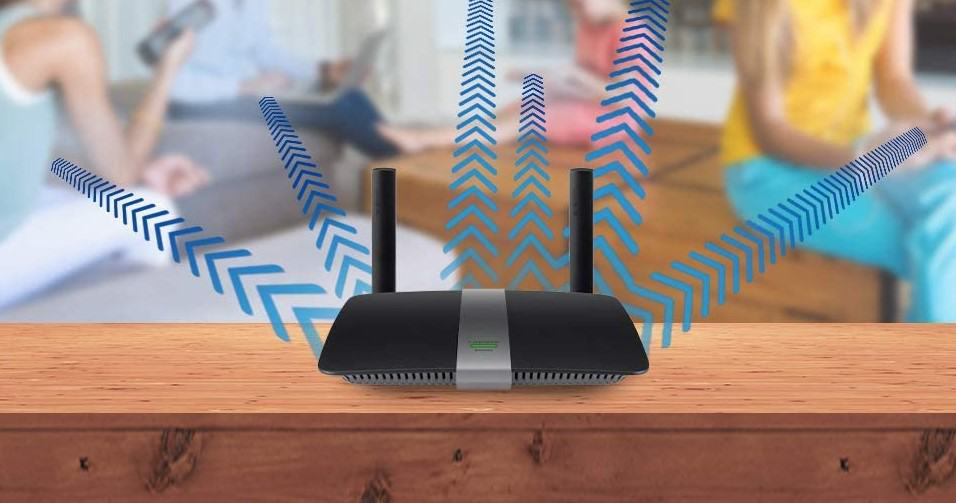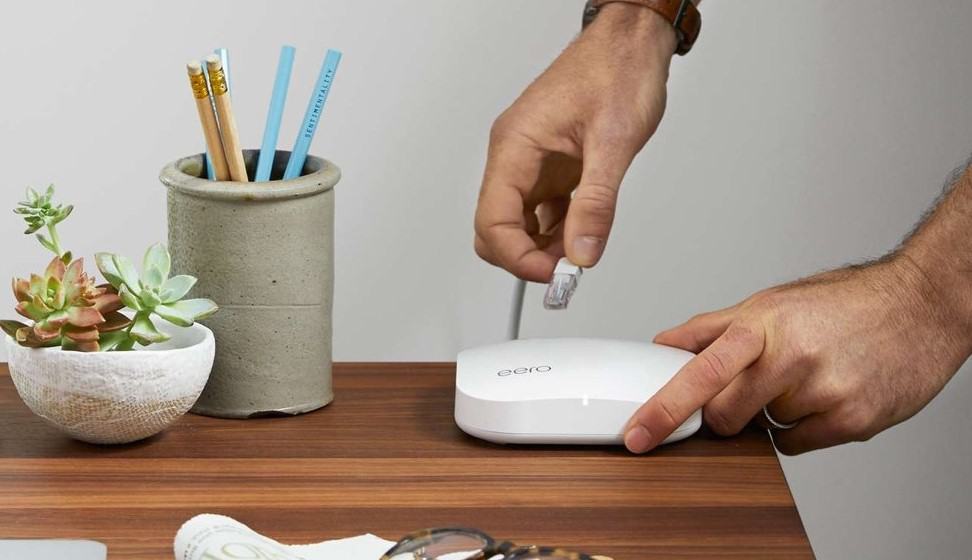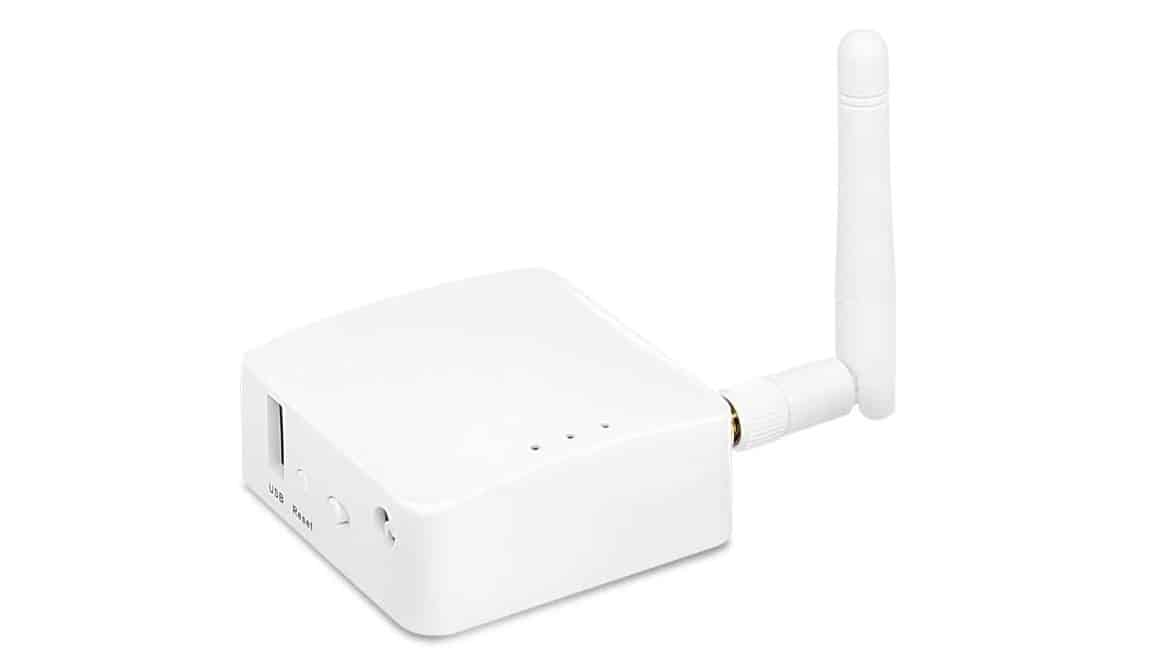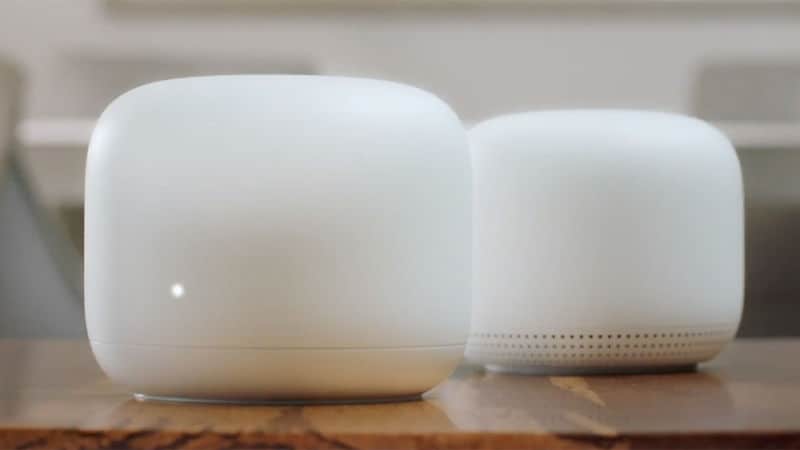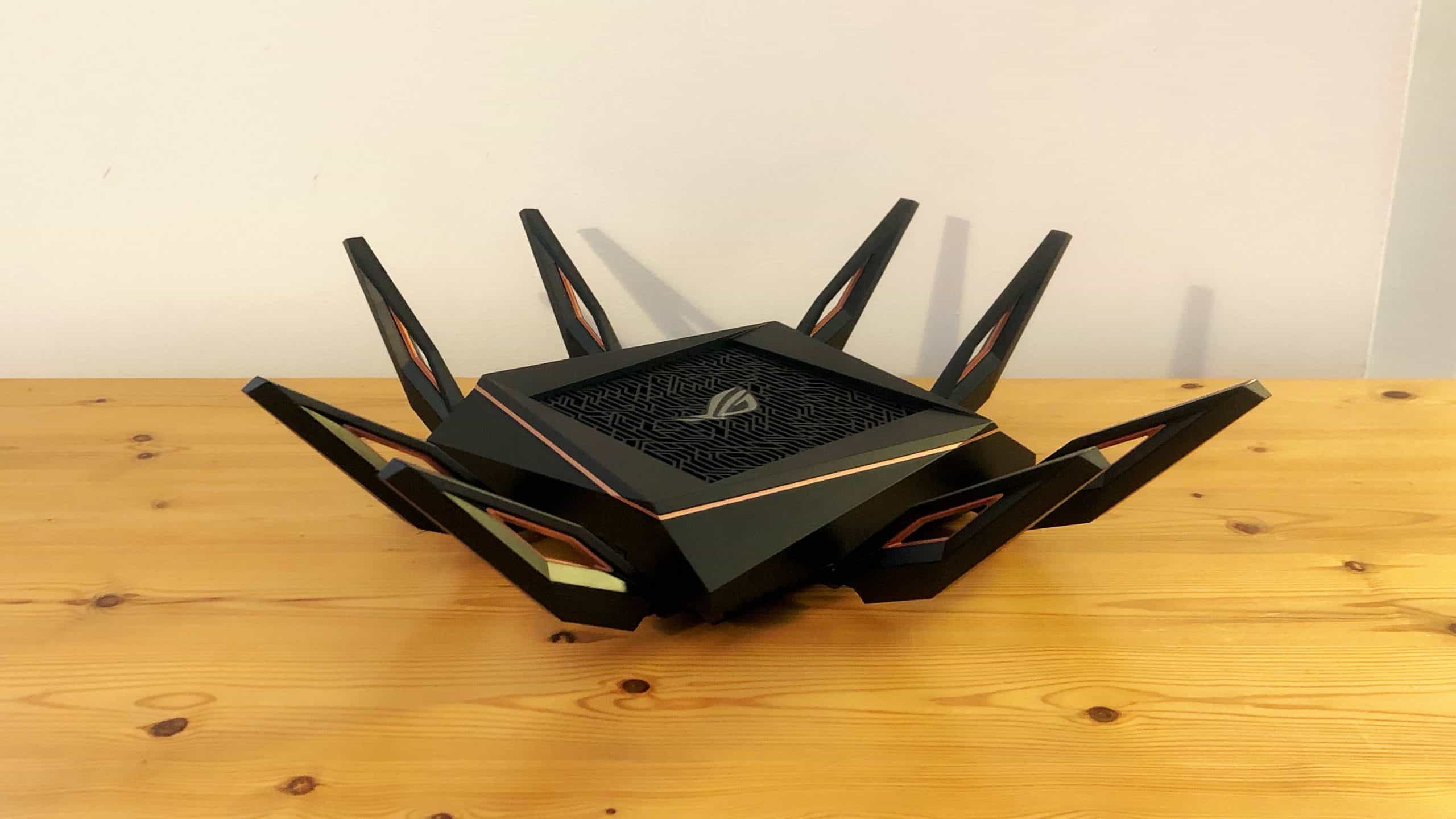If you’ve been experimenting with the advanced features of your wireless network, you may want to learn how to check what ports are open on a router. The best routers, after all, allow for all kinds of settings adjustments and data measurements. Why learn what ports are open on a router and how to do it? Keep reading to find out.
KEY TAKEAWAYS:
- It is a good idea to check what ports are open on your router if your Internet is sluggish or if certain devices are having trouble connecting to your network.
- Start this process by heading to the router’s settings page, which can be done by entering the public IP address, not the private IP address, into a web browser.
- Look for any settings item regarding open ports and click it to obtain a list of ports and whether they are an open port or a closed port. This can also be done via a web app or command prompt.
Why Check What Ports are Open on a Router?
The main reason would be to suss out any potential issues with your Internet connection, as certain resource-hungry applications could be sucking up your bandwidth via whatever ports they have been assigned to. In other words, check on the port status before learning how to position antennas on a wireless router or completing any other troubleshooting steps. Other reasons would be to troubleshoot devices not being able to access your network.
Insider Tip
Once you are on this settings page, try other adjustments to see what they do. You can always perform a factory reset later.
How to Check if Ports are Open on a Router
The process here differs slightly depending on your make and model, akin to when you are learning how to remotely reset a router. With that in mind, we have kept these guidelines as universal as possible.
STEP 1
Check on the status of your network connection by ensuring the router is plugged into the modem via Ethernet cable and that both devices are delivering a strong and reliable signal. You should also attempt to access the Internet via a mobile device.
STEP 2
Now it’s time to access the router’s settings page or admin control panel. Unfortunately, each router necessitates a slightly different method to do this, so check on the instructions or perform a simple web search.
STEP 3
In most cases, you can reach the settings page by entering the router’s public IP address, otherwise called the static IP address, into the address bar of a web browser. This information is typically placed on a sticker on the exterior of the device.
STEP 4
Now look for any settings menu items regarding open ports. This can be found in “Advanced Settings” but really could be anywhere depending on your individual router. Once you find it, look for “Open Ports” or something similar. This should provide a list. Another option is to use a web-based port check tool or other online tools.
F.A.Q.S
How to set up port forwarding on your router?
The process to institute port forwarding is extremely similar to the aforementioned steps. Just look for port forwarding on the settings page instead, once you’ve entered the public IP address into a browser.
Which ports are usually open by default?
There are a lot of ports available to routers, so it varies as to which are open by default. However, the common ports of 0 to 1023 are more likely to be open by default than higher or registered ports.
What to do if port forwarding doesn’t work?
If you adhere to every port forwarding rule to no avail, you may need to consider a full factory reset or to contact your Internet service provider (ISP).
STAT: Port numbers range from 1 to 65535, out of which well-known ports are pre-defined as convention by IANA. (source)

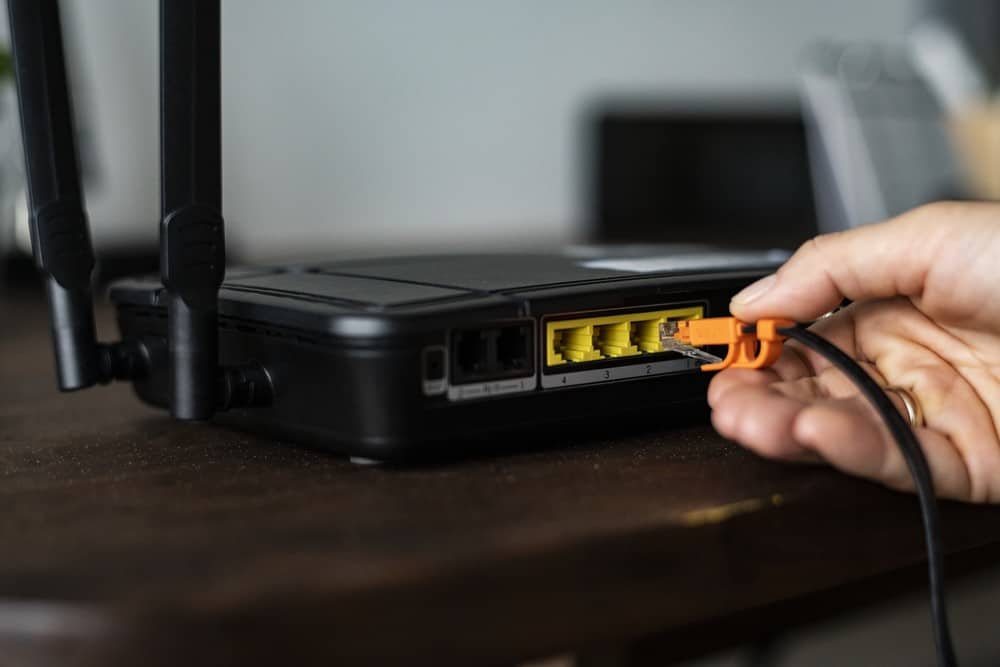













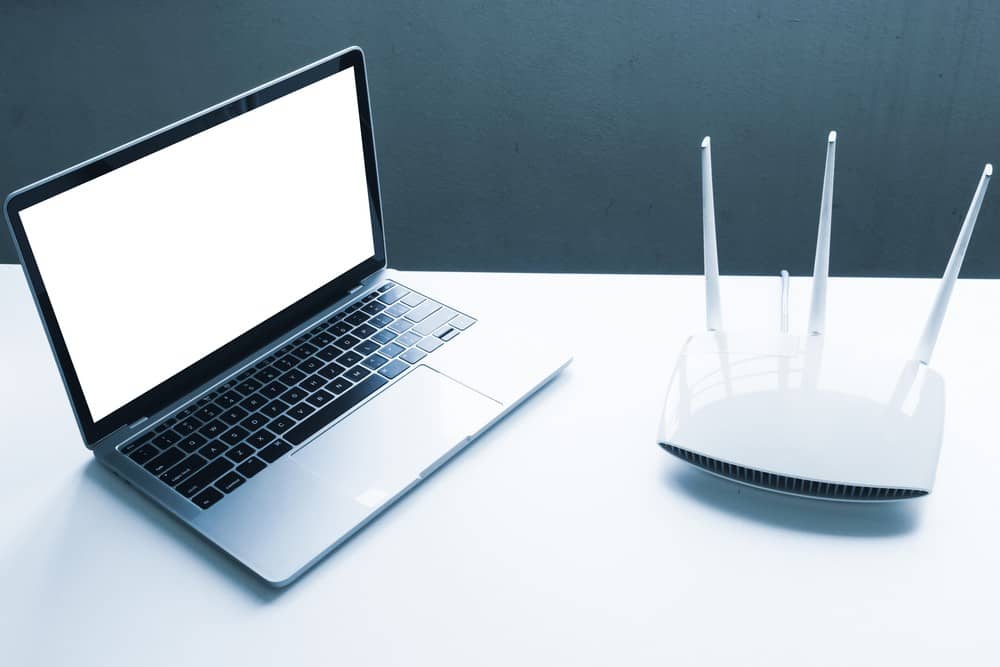
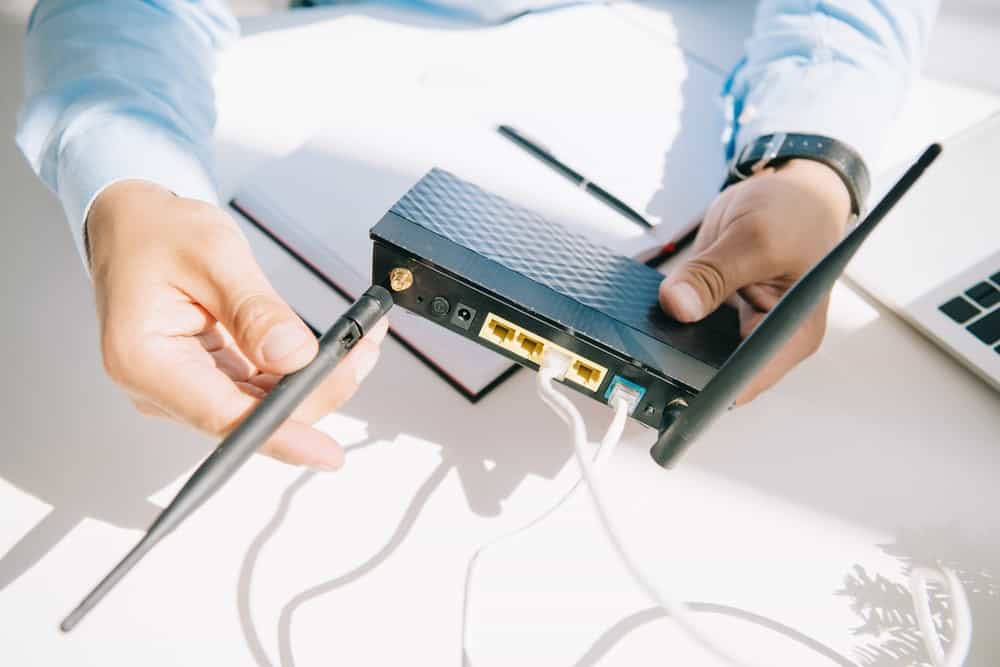
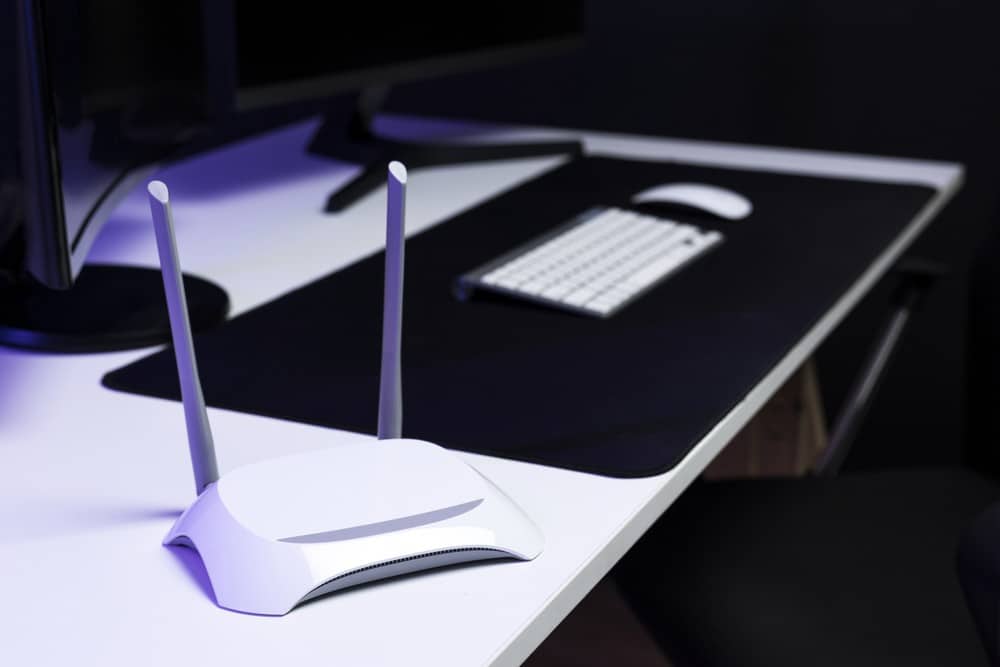


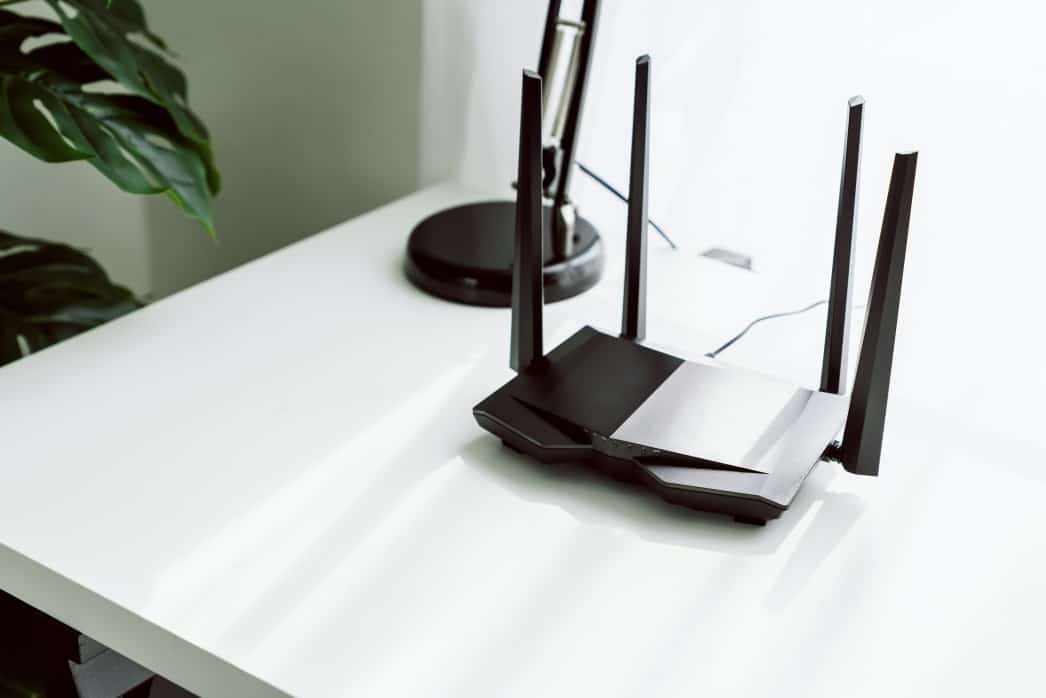
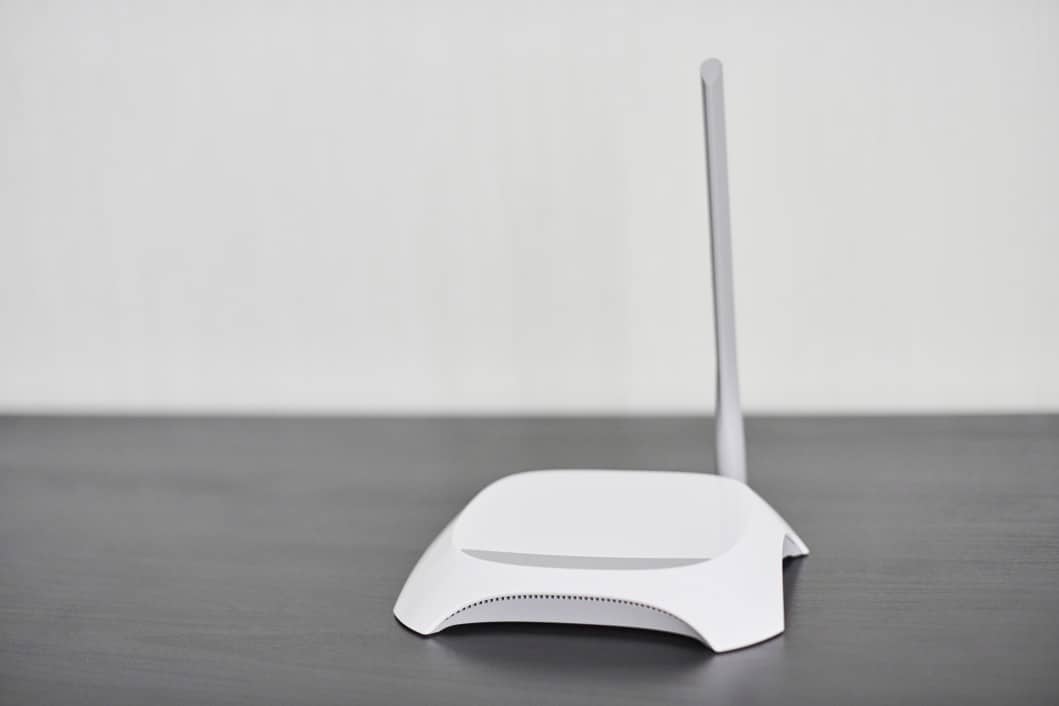

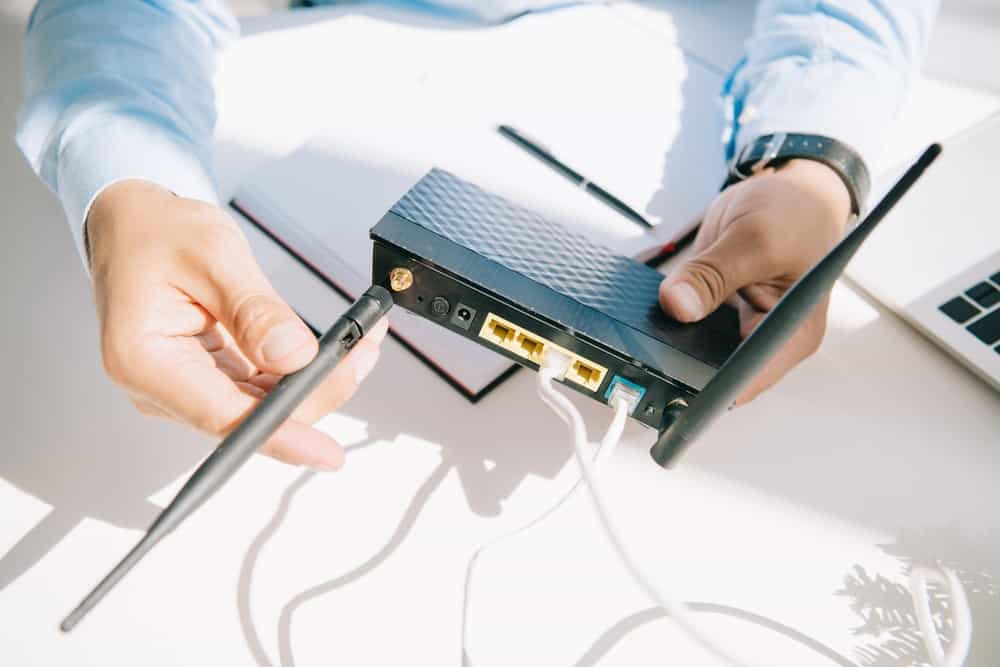
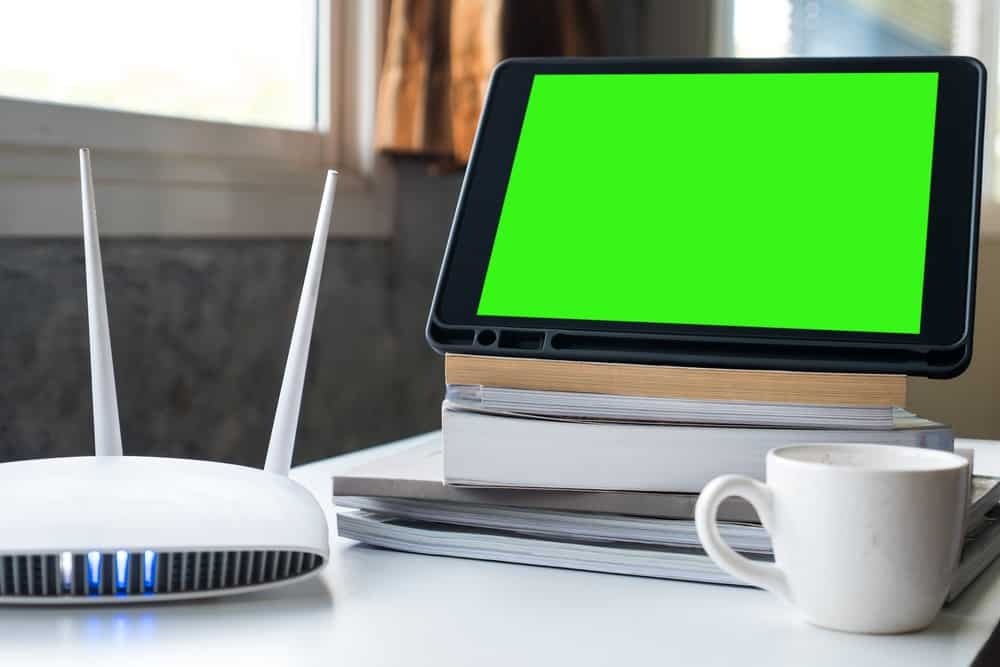
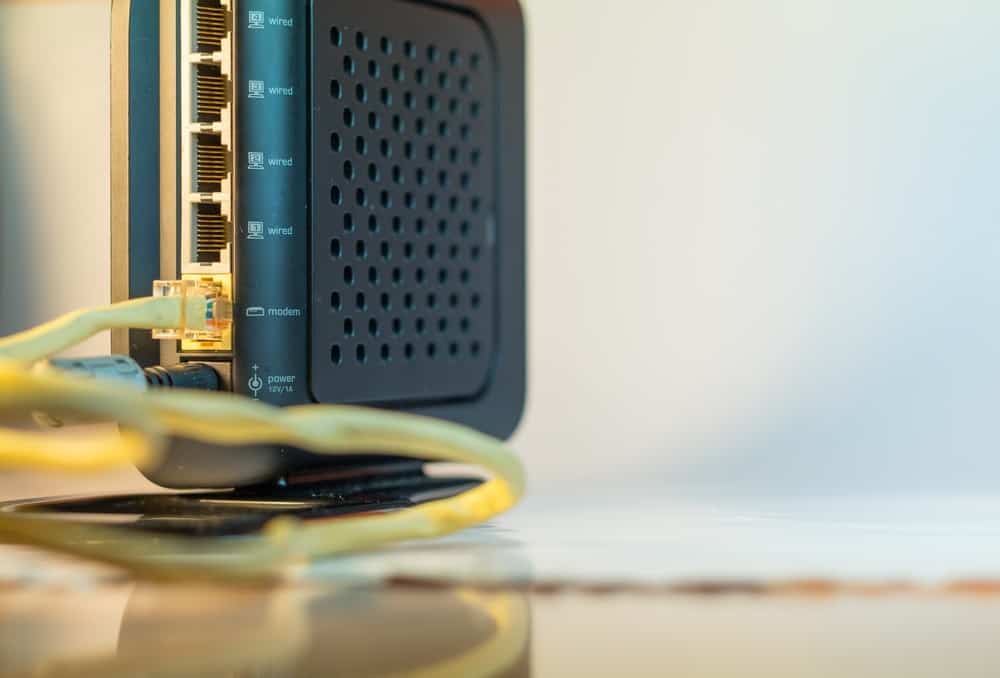

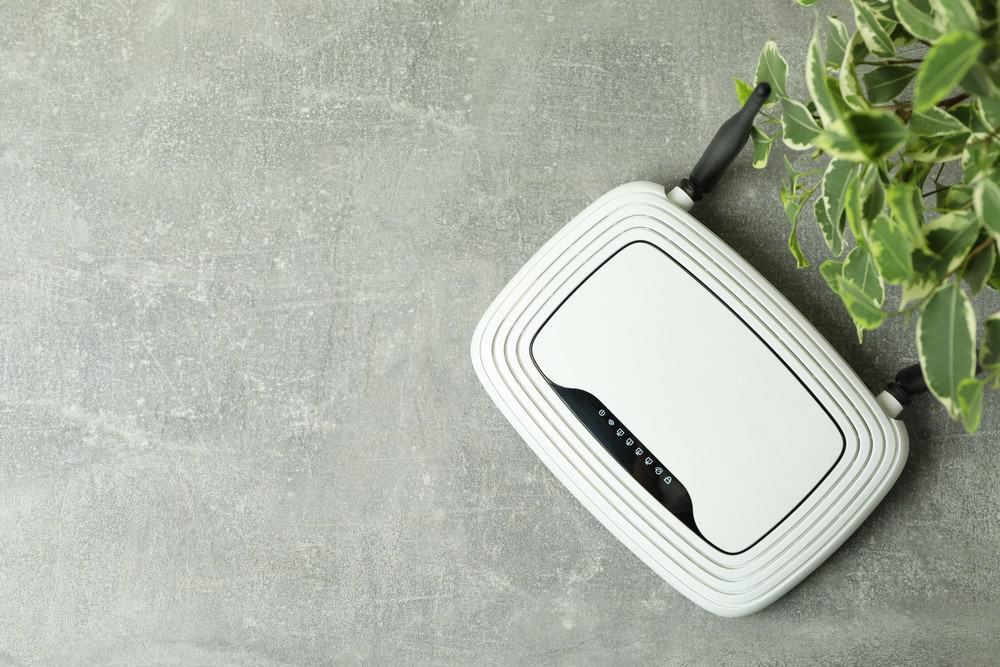
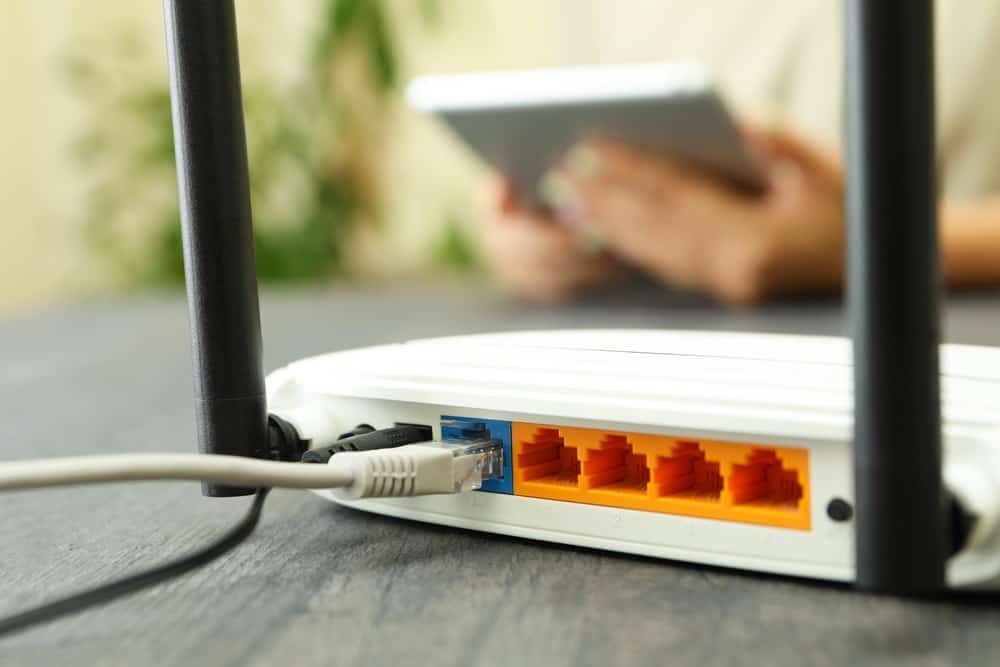
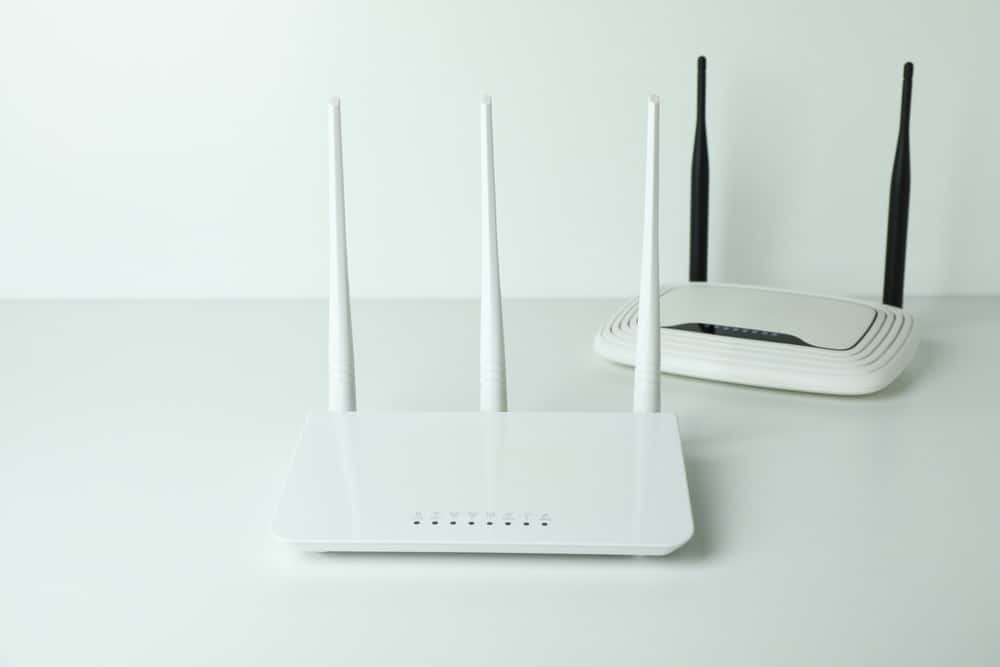
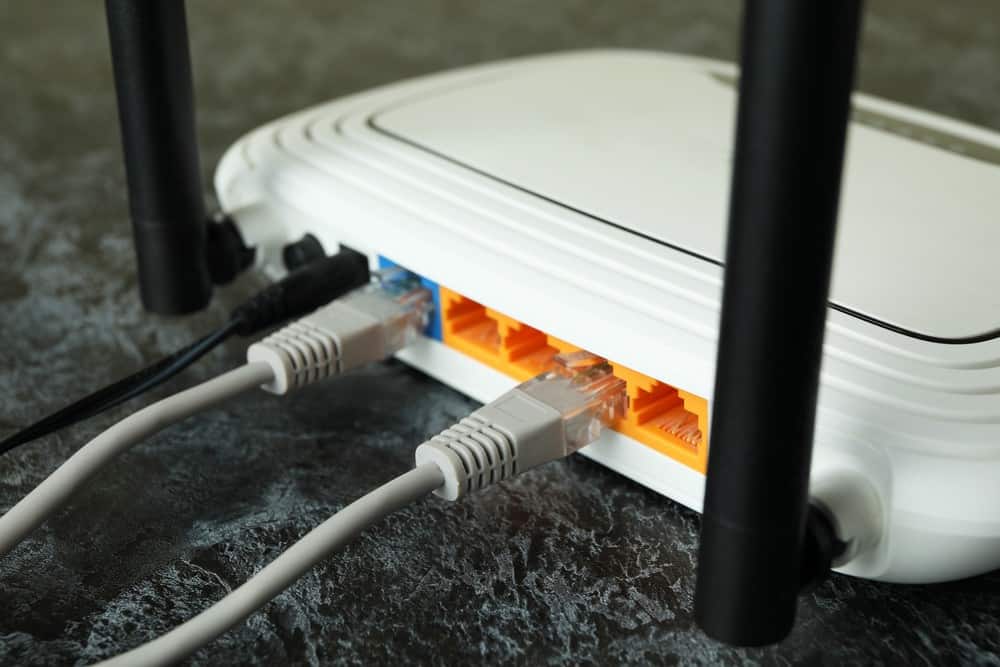
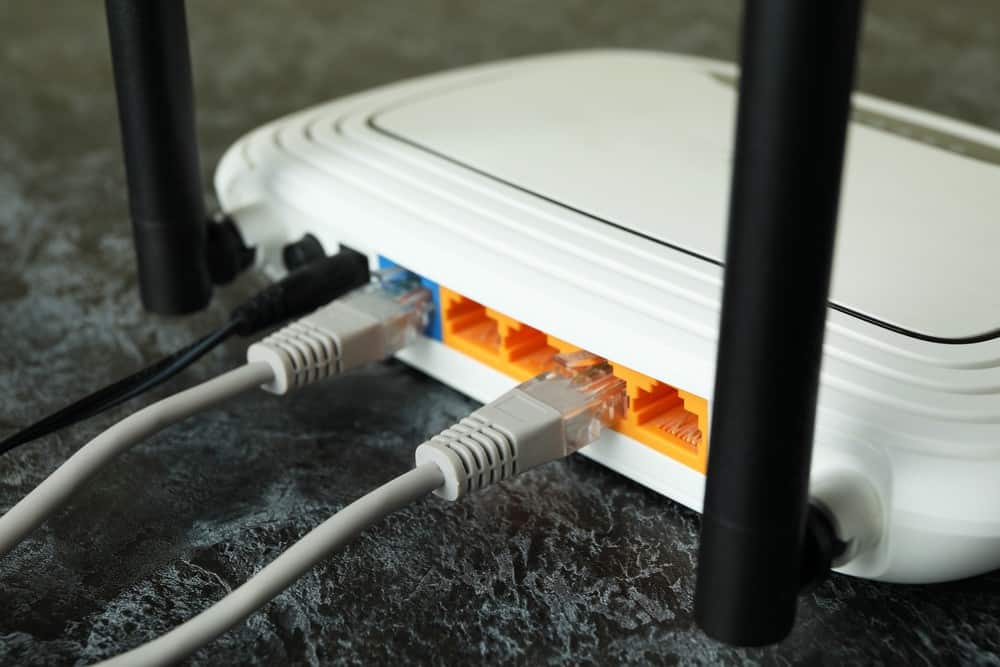
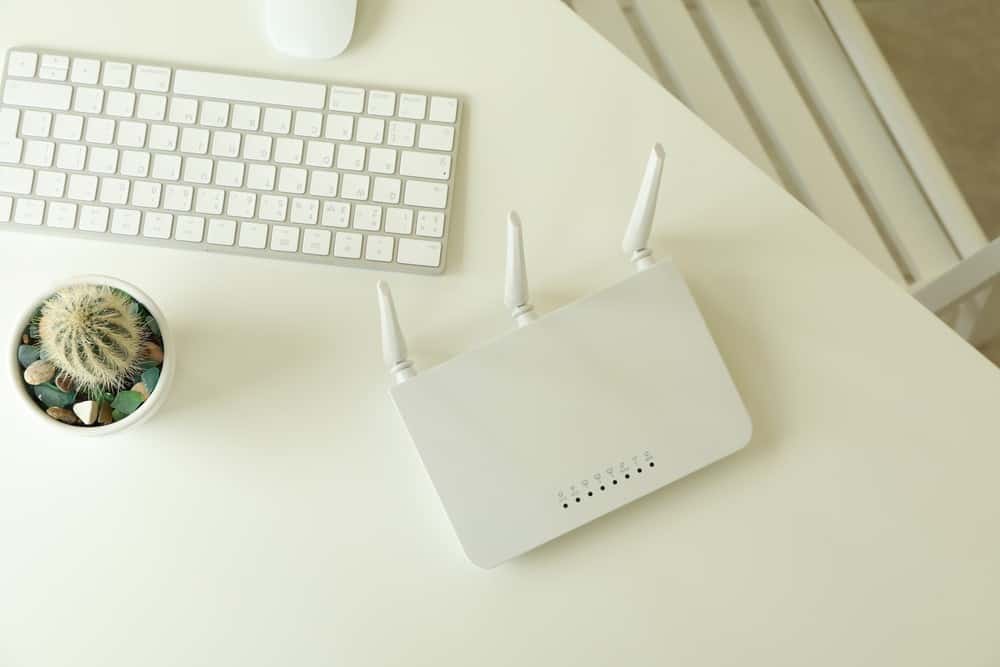
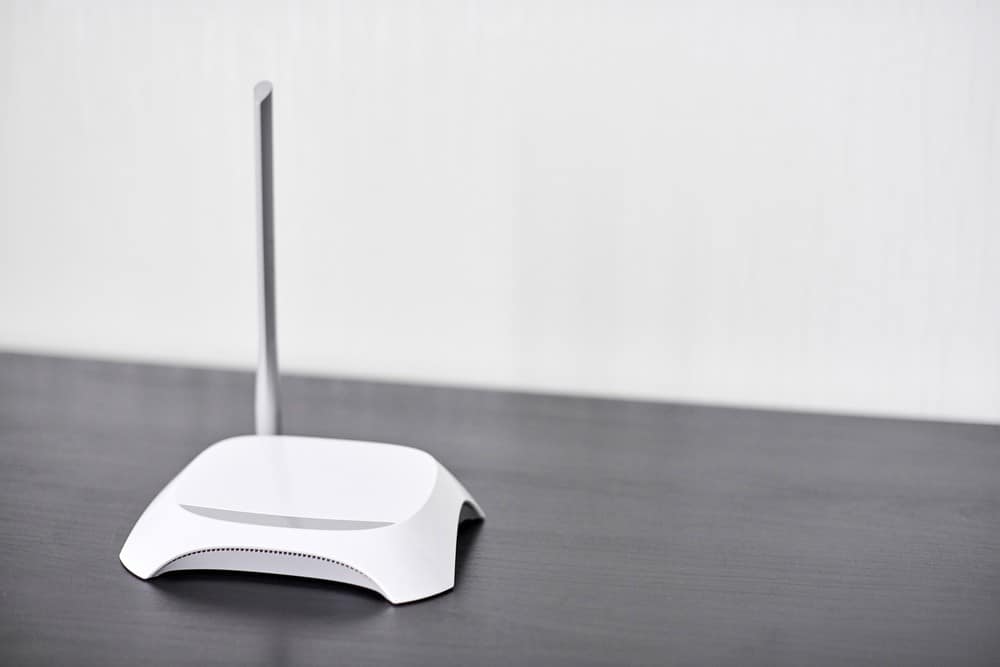
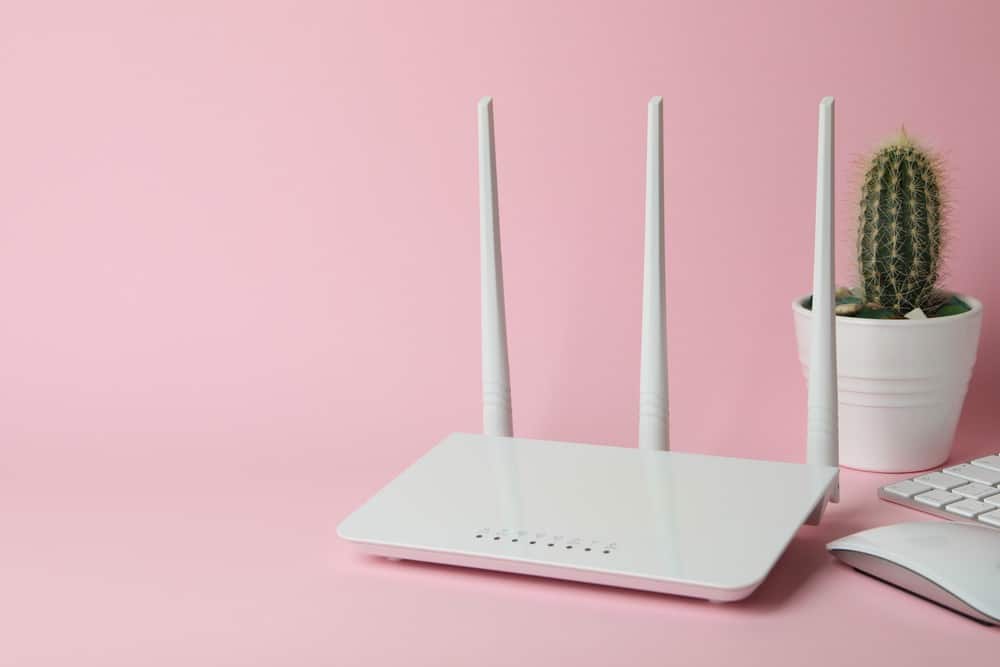
![Best BenQ Monitors in [year] 27 Best BenQ Monitors in 2025](https://www.gadgetreview.dev/wp-content/uploads/best-benq-monitor-image.jpg)
![Best Wifi Extenders For FiOS in [year] 28 Best Wifi Extenders For FiOS in 2025](https://www.gadgetreview.dev/wp-content/uploads/best-wifi-extender-for-fios-image.jpg)
![Best Fiber Optic Routers in [year] 29 Best Fiber Optic Routers in 2025](https://www.gadgetreview.dev/wp-content/uploads/best-fiber-optic-router-image.jpg)
![Best VoIP Routers in [year] 30 Best VoIP Routers in 2025](https://www.gadgetreview.dev/wp-content/uploads/best-voip-router-image.jpg)
![Best Routers for 200Mbps in [year] 31 Best Routers for 200Mbps in 2025](https://www.gadgetreview.dev/wp-content/uploads/best-router-for-200mbps-image.jpg)
![Best Routers for Optimum in [year] 32 Best Routers for Optimum in 2025](https://www.gadgetreview.dev/wp-content/uploads/best-router-for-optimum-image.jpg)
![Best Routers for Apple in [year] 33 Best Routers for Apple in 2025](https://www.gadgetreview.dev/wp-content/uploads/best-router-for-apple-image.jpg)
![Best Routers for Frontier FIOS in [year] 34 Best Routers for Frontier FIOS in 2025](https://www.gadgetreview.dev/wp-content/uploads/best-router-for-frontier-fios-image.jpg)
![Best Secure Routers in [year] 35 Best Secure Routers in 2025](https://www.gadgetreview.dev/wp-content/uploads/best-secure-router-image.jpg)
![Best Routers for Google Fiber in [year] 36 Best Routers for Google Fiber in 2025](https://www.gadgetreview.dev/wp-content/uploads/best-router-for-google-fiber-image.jpg)
![Best Routers for Cox in [year] 37 Best Routers for Cox in 2025](https://www.gadgetreview.dev/wp-content/uploads/best-router-for-cox-image.jpg)
![Best Asus Routers in [year] 38 Best Asus Routers in 2025](https://www.gadgetreview.dev/wp-content/uploads/best-asus-routers-image.jpg)
![Best Linksys Routers in [year] 39 Best Linksys Routers in 2025](https://www.gadgetreview.dev/wp-content/uploads/best-linksys-routers-image.jpg)
![Best Routers for CenturyLink in [year] 40 Best Routers for CenturyLink in 2025](https://www.gadgetreview.dev/wp-content/uploads/best-router-for-centurylink-image.jpg)
![Best WiFi Routers for Multiple Devices in [year] 41 Best WiFi Routers for Multiple Devices in 2025](https://www.gadgetreview.dev/wp-content/uploads/best-wifi-router-for-multiple-devices-image.jpg)
![Best Wired Routers in [year] 42 Best Wired Routers in 2025](https://www.gadgetreview.dev/wp-content/uploads/best-wired-router-image.jpg)
![Best Routers for 4K Streaming in [year] 43 Best Routers for 4K Streaming in 2025](https://www.gadgetreview.dev/wp-content/uploads/best-router-for-4k-streaming-image.jpg)
![Best Cisco Routers in [year] 44 Best Cisco Routers in 2025](https://www.gadgetreview.dev/wp-content/uploads/best-cisco-routers-image.jpg)
![Best eero Routers in [year] 45 Best eero Routers in 2025](https://www.gadgetreview.dev/wp-content/uploads/best-eero-routers-image.jpg)






